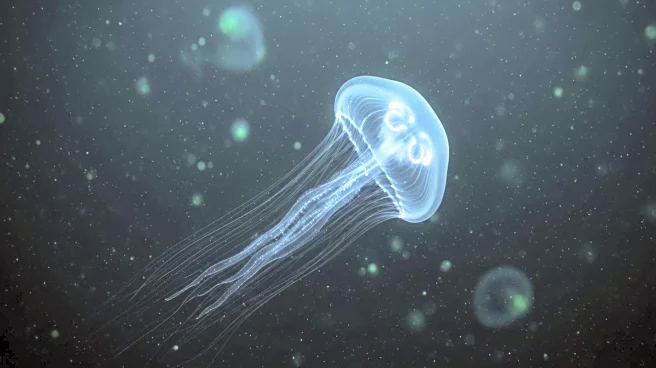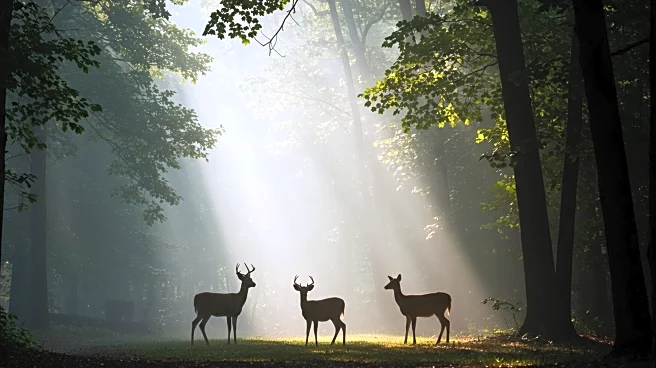Rapid Read • 6 min read
Scientists are making strides in understanding animal communication through artificial intelligence. The Coller Dolittle Challenge, initiated by Tel Aviv University and Jeremy Coller's foundation, aims to develop algorithms to decipher non-human languages. Recent research has identified potential communication systems in species like cuttlefish, dolphins, and marmosets. AI has revealed complex patterns in animal sounds and actions, suggesting that animals may possess forms of language. The challenge offers significant financial incentives to encourage breakthroughs in interspecies communication.
AD
Decoding animal communication could revolutionize our understanding of non-human species and their cognitive abilities. It may lead to ethical considerations regarding animal treatment and conservation efforts. Understanding animal languages could enhance human-animal interactions and improve wildlife management. The research also challenges traditional views on language, suggesting that communication systems may be more widespread among animals than previously thought. This could foster greater appreciation and respect for biodiversity and the intelligence of other species.
Researchers will continue to refine AI algorithms and expand their studies to include more species. The pursuit of the $10 million prize will drive innovation and collaboration in the field. Successful decoding of animal communication could lead to new technologies for wildlife monitoring and conservation. The scientific community may face debates on the definition of language and its application to non-human species, potentially influencing future research directions.
AD
More Stories You Might Enjoy










